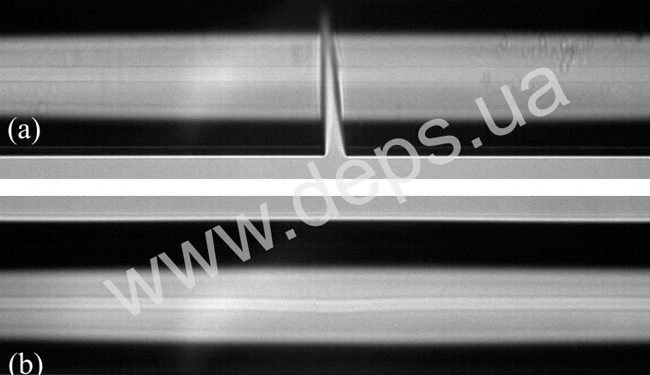Articles

The article describes a series of questions that allow the customer to choose optical cable of optimum design, to distinguish marketing gimmicks of suppliers from objective presentation of technical characteristics. The problems arising because of imperfect design of OC and its components are analyzed. We consider the well-known problem of fibers retracting in overhead optical cables of UT type. There are some tips on how to fix it.

The article details the features of optical measurements for networks PON: kinds of measurements, factors affecting the quality of transmission, measurement schedules and measurable parameters. The problems encountered at such measurements and their solutions are discussed. The necessary test equipment and its parameters important for application in PON are enlisted.

The article considers the main types of instrumentation required for construction and operation of the optical cable networks. Their operating principles, main measurement schemes and parameters of devices are described. Helpful advice is given for entry-level meter-men. There are references to specific models of devices of various types.

Provision of full “triple-play” service has nearly become a standard practice for broadband operators. Traditional broadcast networks of digital cable TV allow the arrangement of data transfer and telephony with use of DOCSIS technology. However, due to limited frequency resource, there exists a problem of ensuring the high exchange rate during extension of subscriber base. Further upgrade of such utilities – in particular, transition to new DOCSIS 3.0 standard – requires the substantial financial investments.
We joined the boycott of russian and belarusian products.
Glory to Ukraine!

